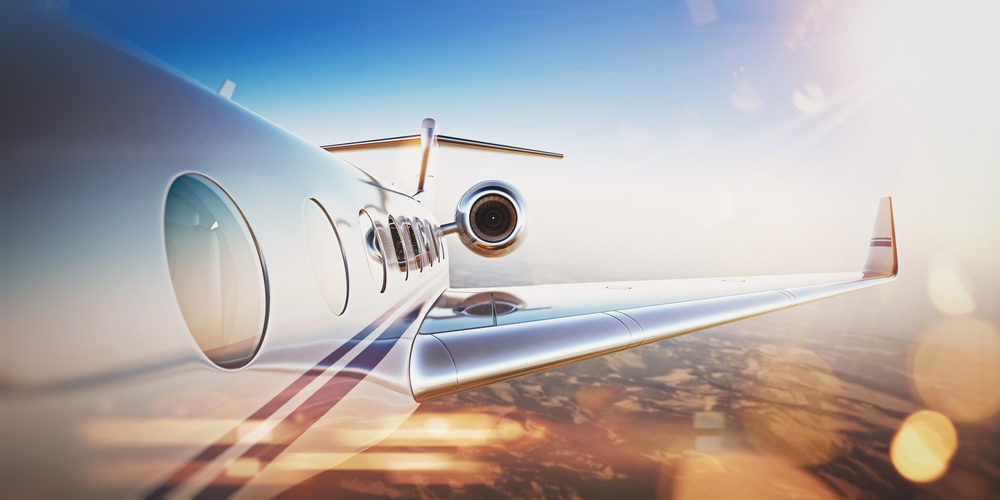The Shift in Eco-Friendly Business Jets
Industry leader NetJets, with a fleet of 700 aircraft, has taken delivery of more than 250 new-generation jets since 2012, when it placed a $17.6 billion order for new aircraft from Bombardier, Cessna, and Embraer.
Beyond the aircraft themselves, the operators are implementing new practices and technologies that make operating private aircraft even more efficient. Most of these are focused on reducing deadheads—legs that the aircraft fly empty on the way to picking up, or after dropping off, a customer.
Fractional jet company Executive AirShare’s regional aircraft-basing model—as opposed to a national one—allows it to sell shares based on owner-occupied days instead of hours. This allows an owner to stay with the same aircraft for the entire round trip, rather than paying for unoccupied deadhead legs when an empty aircraft has to be summoned to come and pick them up. Besides reducing deadheads, the practice also cuts the hourly costs charged to customers by nearly half.
Separately, new software from companies such as Coastal Aviation Technologies and Stellar Labs helps fractional and charter companies optimize their schedules to reduce deadheads. Stellar estimates that 38% of all business aviation flying is deadhead. While deadhead flying can be reduced, it will probably never be completely eliminated. But charter companies are doing a much better job of wringing at least some revenue from those flights by marketing them on either a whole-aircraft or per seat basis to travelers who have last-minute flexibility, via apps such as EmptyLegMarket.
But new aircraft is where the eco-conscious trend is most visible. By the end of 2018, NetJets competitor Flexjet will have refreshed more than half of its 140 aircraft fleet within the prior three years.
Matt Doyle, Flexjet executive vice president of sales, said the company’s fleet-renewal strategy has helped increase new business by 76% in the first half of 2018 year over year, and to grow revenues overall by 17% for the period, compared with the same time in 2017. People enjoy flying on newer airplanes, and given that they are more efficient, they have more attractive operating costs, which both stimulates new business and encourages existing customers to fly more.
“We’re constantly evaluating aircraft that are more efficient and have a lower carbon footprint,” Doyle says. He points to the large-cabin, long-range Gulfstream G650 as an example; the company has purchased four in recent years.
Doyle says major advances in engines, aerodynamics, and avionics over the past decade have made private- jet travel dramatically more efficient and appealing, and these factors are driving fractional-ownership, leasing, and charter companies to acquire new aircraft.
New engine technology includes full authority digital engine control, or Fadec, that can cut fuel burns 20% to 30%. On older aircraft, pilots were constantly having to manually reset the engine controls to compensate for altitude, temperature, and atmospheric pressure to optimize fuel consumption. On Fadec-equipped aircraft, computer controls do this automatically, and the fuel savings are demonstrable.
Inside the cockpit, the computers are smarter and do more. Many new models of business jets have either full or partial fly-by-wire, or FBW, computerized flight controls.
First popularized in fighter jets during the 1970s, FBW replaces mechanical linkages with electronic flight controls and digital computers. This helps deliver a smoother ride for passengers, enhances safety, takes weight out of the aircraft, and simplifies and speeds maintenance.

